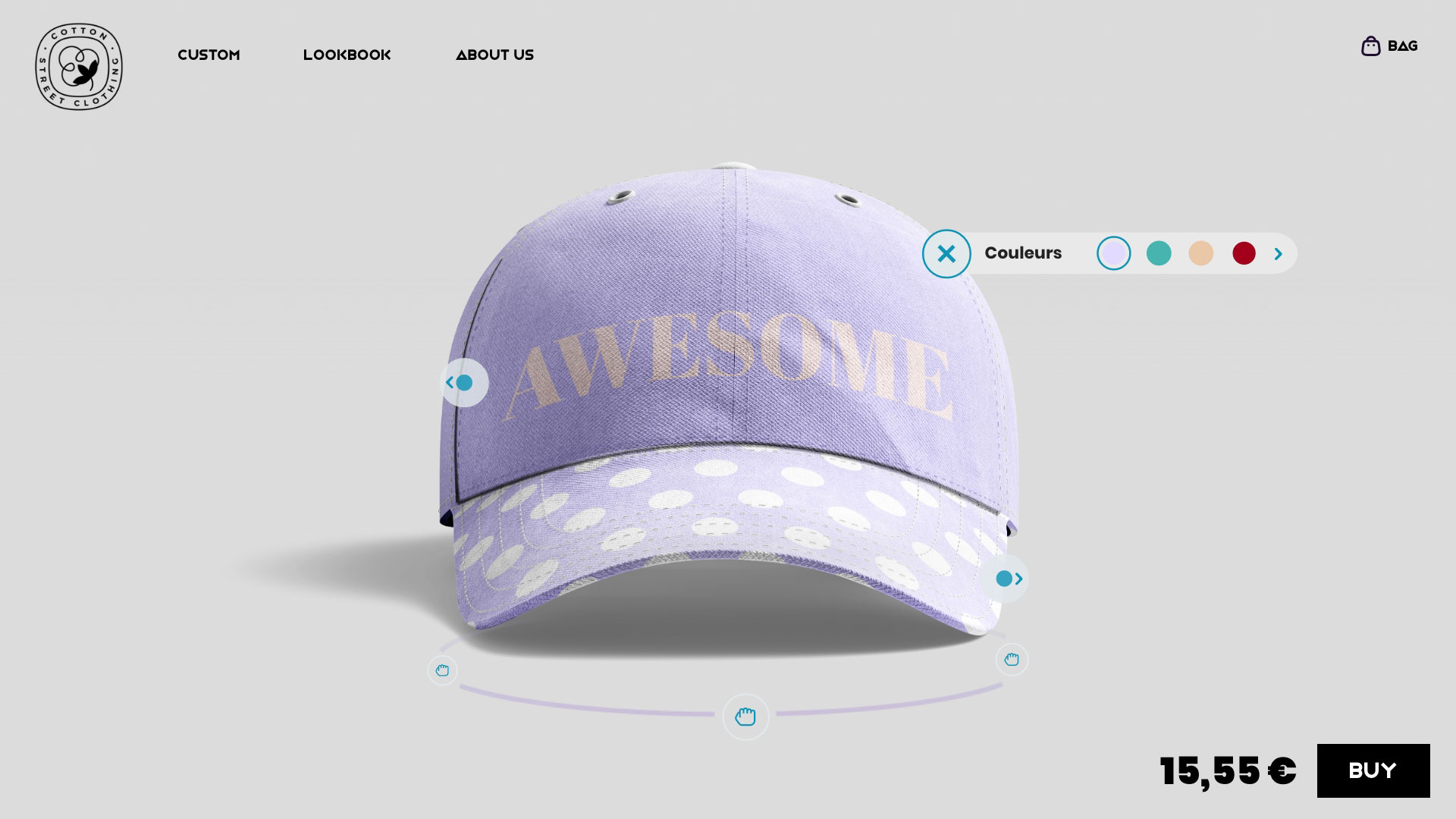
Hardly a day goes by without a new announcement in the generative AI area. This new paradigm came fast and is just at its beginning. But is AI the only future for brands' visual content?
For a very long time, the only way to picture something was to draw it. Then came photography, capable to shot for a fraction of time and price the reality. Then came 3D and CGI, where pixels could be calculated by a computer without having a real life equivalent. All these revolutions changed drastically how we shoot and show things, but any of them have really disappeared since. Is AI the new 3D ? Will 3D disappears with AI development ?

1. AI just came out, and it's not yet 100% ready for industrial usage
While AI has the potential to revolutionize the way brands create product visuals, there are still several challenges that must be addressed to ensure that the technology is used effectively and ethically.
First, AI is impressive to make very realistic scenes, usually generated by Dall-E or MidJourney (my favorite). We all saw the buzz around the fake images of the Pope or Macron during France's riots. But if the illusion is good, it is far from being perfect. AI is good enough to represent very well known people or iconic products, but will still put some weird details to it: non-human hands, weird letters or color slight changes... As a brand, your products can be altered by the AI and won't match reality. It's OK for a random living room, it's not for a very specific sofa SKU !

Then, we have to talk about something crucial, yet sometimes forgotten by many when talking to AI industrialization : the data. Most of currents AI scrapped for months the internet and use images from different sources without owning them. AI-generated visuals may raise intellectual property concerns, particularly if the AI algorithm is trained on copyrighted material or creates visuals that resemble existing products. Brands may need to take steps to ensure that their use of AI-generated visuals does not infringe on the rights of others. And building your own dataset requires a large amount of high-quality data. Brands may find it difficult to obtain sufficient data that accurately represents their products, especially if they offer a wide range of products or have limited access to product images or 3D models.

Finally, AI is the very new technology still difficult to master. AI-generated visuals may not always accurately reflect a brand's desired image or aesthetic. Brands may need to find ways to provide users with some degree of control over the generated visuals, such as by allowing them to adjust colors, textures, or other parameters.
AI is a wonderful new paradigm and its definitely the future of product content generation. Yet, it has some short term challenges you need to be aware of before launching an AI project. You'll see now how 3D and AI can work together to tackle these challenges and use AI as soon as possible!
2. 3D is a mature and automatable technology that is a perfect match with AI
In the first part, we saw that AI can have difficulties to create a perfect product image. Even the most iconic real-life products are not renderd efficiently by Dall-E or Midjourney.

Ai is very good to add a background and a context to a product when you don't need to be precise. In this example, we wanted to combine Naker 3D packshot generator with Photoroom background generator... and tadaaa!
.jpg)
According to our tests for the last couple of months, using a 3D generated packshot is the best way to use AI efficiently and at large scale at the moment. Create a full 3D composition of a living room could be painful and costs more than 3-5k€ tailored made by an agency. With an API such as Photoroom, the cost per image is reduced by a 100 to 1000 factor. And it's just the beginning...
3. AI has its limits but is moving fast, who knows what it holds in store for us ?
While AI is a powerful tool for creating visual content, it also has its limits. These limits may include challenges such as data availability and quality, the complexity of AI algorithms, integration with existing workflows, lack of user control, and intellectual property concerns.
Showing a finished product is just the end of a long process started from ideation, prototyping, industrialisation etc... Surely, we'll witness the first 100% AI-generated physical products in the next years, but meanwhile, brands still need humans, drawings and 3D all along the process.

However, by combining AI with 3D technology, brands can overcome some of these challenges and create compelling visual content in the short-term. 3D generated content associated with AI can help brands to generate accurate, high-quality product visuals, while also providing new opportunities for customization and interactivity.
It's still quite hard to imagine the mid-term capabilities of IA and 3D. Maybe AI will soon be able to generate 3D models or product prototypes. As long as AI will have difficulties to depict precisely a product SKU, 3D will always be its best friends






